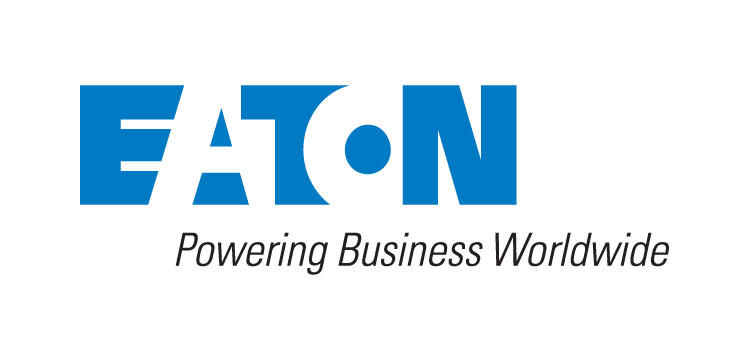By early 2020, the American Society of Heating, Refrigerating, and Air-Conditioning Engineers (ASHRAE) is expected to release a new version of the BACnet building automation system protocol. BACnet Secure Connect, or BACnet/SC, brings this popular open industry standard into the Internet of Things (IoT) age by enabling the easy and secure transfer of large volumes of data.
Launched in 1995, BACnet has provided an open industry standard for building automation and control networks incorporating applications such as lighting, HVAC, fire detection, and more. Currently, BACnet-based systems hold a 60+ percent share of the global building automation market, according to BSRIA. Over the years, it evolved to define data links/layers such as Ethernet, Zigbee, BACnet/IP, BACnet/IPv6, and others.
BACnet/IP was a particularly significant development, as it allowed for communication between devices over an Internet Protocol (IP) or Ethernet network. The problem was BACnet/IP was based on standards that weren’t widely adopted by the IT community, particularly in regards to security. As a result, BACnet/IP was considered network-friendly but not IT-friendly.
“BACnet/SC makes moving BACnet data easy and seamless to the IT community,” said Scott Ziegenfus, Director, Controls Support and Service, Hubbell Lighting, Inc. He serves as an officer and secretary for the ASHRAE SSPC135 BACnet Committee, Chair of the SSPC135 Data Modeling Working Group, Co-chair of the BACnet International Education Committee, and is a past recipient of the BACnet International Leader of the Pack Award. “Technically, it takes BACnet fully into the application layers and connects using Secure WebSockets to HTTPS that runs over Transport Layer Security (TLS). This allows for data to easily move on premises, on the EDGE or in the cloud. That is what IoT is all about—moving data, lots and lots of data.”
By adopting the TLS cybersecurity standard preferred by the IT world, BACnet/SC can be used to make building automation networks that are as secure as the IT network is itself. This network can be installed and managed using any typical IT configuration, and can connect through IT firewalls without any special configuration. Additionally, BACnet/SC eliminates the need for static IP addresses and dependency on broadcast messaging. As for the BACnet language itself, it remains largely untouched, meaning building professionals do not have to learn a new protocol. In fact, BACnet/SC is backward-compatible with BACnet-based systems that are already installed. Nothing has to be removed; no capability is lost.
“The programming hasn’t changed, it’s still BACnet,” Ziegenfus said. “It is still the same object-oriented, client/server-based language. Same devices, same objects, same services, same BACnet Interoperable Building Blocks (BIBBs). Today’s users don’t need to learn anything new. Those with an existing BACnet system that want to change the communications to BACnet/SC simply use a BACnet router because it is a different datalink. This same concept applies if the user wants to go between BACnet MSTP and BACnet/IP. The BACnet message stays the same, only the wrapper changes.”
For lighting control, the benefit remains the same, offering a protocol for integrating networked lighting controls with a building automation system. With Secure Connect, however, the resulting integrated network is based on a security standard widely adopted by IT departments, which minimizes the issues IT departments will have allowing communications over existing corporate networks.
The addendum for BACnet/SC completed its third public review August 5, 2019. Barring substantial changes requiring a fourth public review, it is expected to be implemented quickly, with the BACnet Committee pushing to have it available early 2020. “I see immediate adoption,” Ziegenfus said. “I have never experienced such anticipation and push for an addendum within the building management system industry, and I’ve been on the BACnet Committee for 10 years.”
To learn more about BACnet/SC or anticipated product availability, visit BACnet.org or contact preferred manufacturers.

























